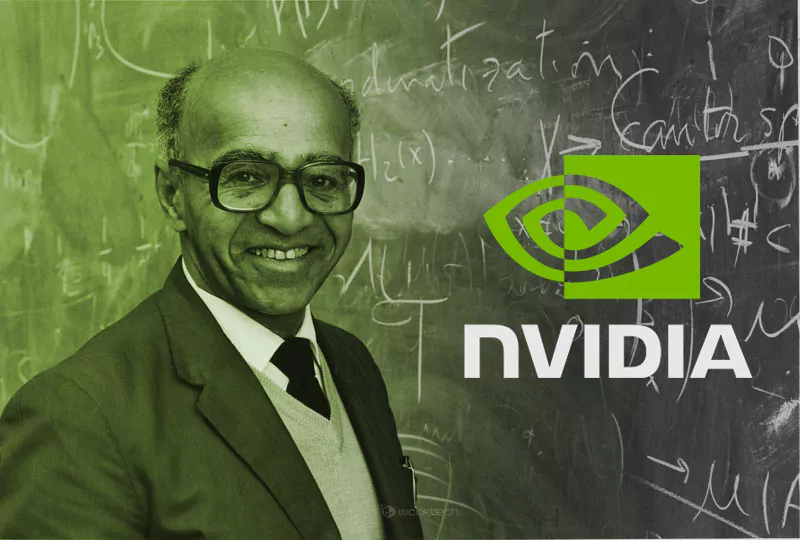NVIDIA has placed an order with TSMC’s 3nm process
Presently, Taiwan Semiconductor Manufacturing Company (TSMC) has embarked upon mass production of the 3nm process. Yet, hitherto, only Apple, a paramount client, has placed orders, and its A17 Pro, featured in the iPhone 15 Pro series, doesn’t quite shine in energy efficiency. There’s rife speculation that TSMC’s 3nm process comes with a staggering price tag of $20,000. Coupled with the semiconductor market’s sustained lull, numerous marquee clients of TSMC have revised their original blueprints, deferring the adoption of the 3nm process, with introductions not slated until the latter half of 2024.
Bolstered by the robust demand from Artificial Intelligence (AI) for data center GPUs, NVIDIA emerges as one of the rare tech titans bucking the trend in an otherwise stagnant market. Its voluminous orders have, to an extent, offset TSMC’s revenue dips. According to DigiTimes, NVIDIA has recently inked a deal with TSMC for the 3nm process. Furthermore, they aspire to strike while the iron’s hot, planning an early launch of Blackwell architecture’s B100 in the fourth quarter of 2024, thereby solidifying their dominance in the data center realm, ahead of their initial 2025 roadmap.

AMD’s inaugural venture into the 3nm process will be epitomized by its EPYC server processors, anticipated to make their debut in the latter half of 2024. With the market showing signs of rejuvenation, both Qualcomm and MediaTek have set their sights on harnessing TSMC’s 3nm process by the latter half of 2024. While Samsung was a pioneer in entering the 3nm foundry market, the lion’s share of substantial orders is, as of now, ensconced firmly within TSMC’s grasp.
Previous reports hinted at a potential decline in the capacity utilization rate of TSMC’s 3nm, hovering between 70,000 to 80,000 wafers monthly during 2024-2025. Even amid cascading waves of optimistic news, TSMC’s 3nm capacity blueprint remains judiciously circumspect, with the current phase of the 2024 monthly 3nm capacity plan being uplifted to a modest 100,000 wafers.
Worthy of note is Intel, which, due to its nebulous prospects, hasn’t been integrated into TSMC’s forecasts. Should the next-gen Arrow Lake, as per circulating rumors, transition some of its computational modules to harness TSMC’s 3nm process, it would indeed be a windfall for the foundry.





